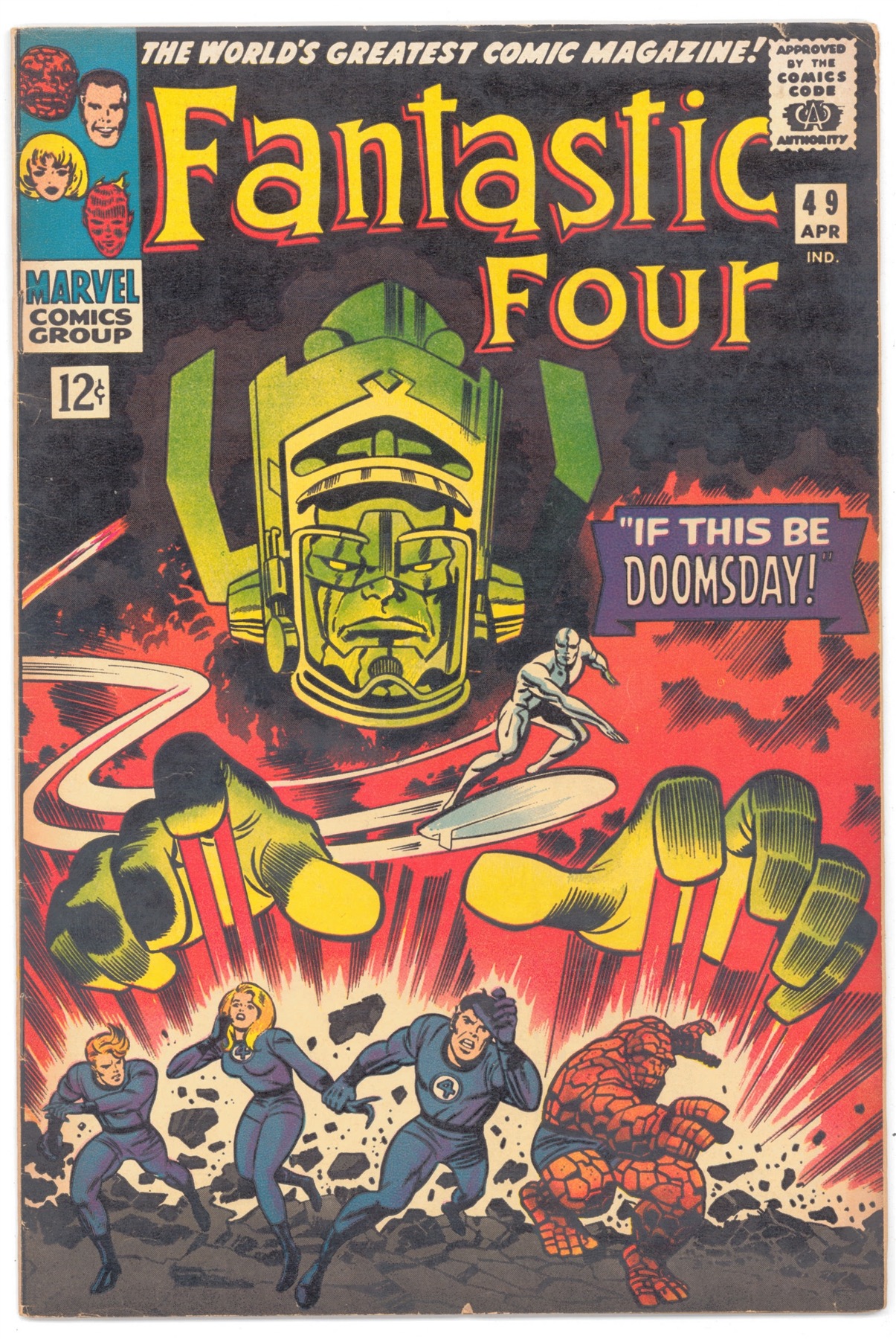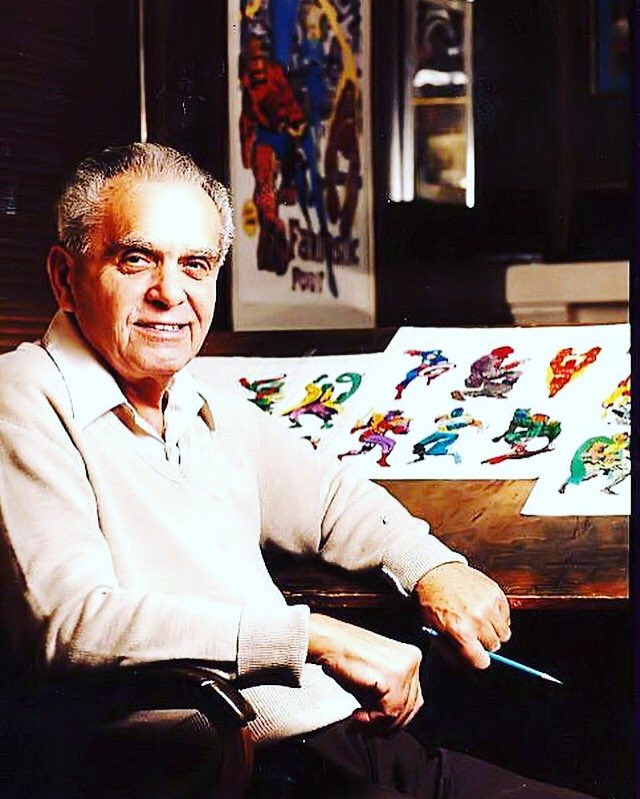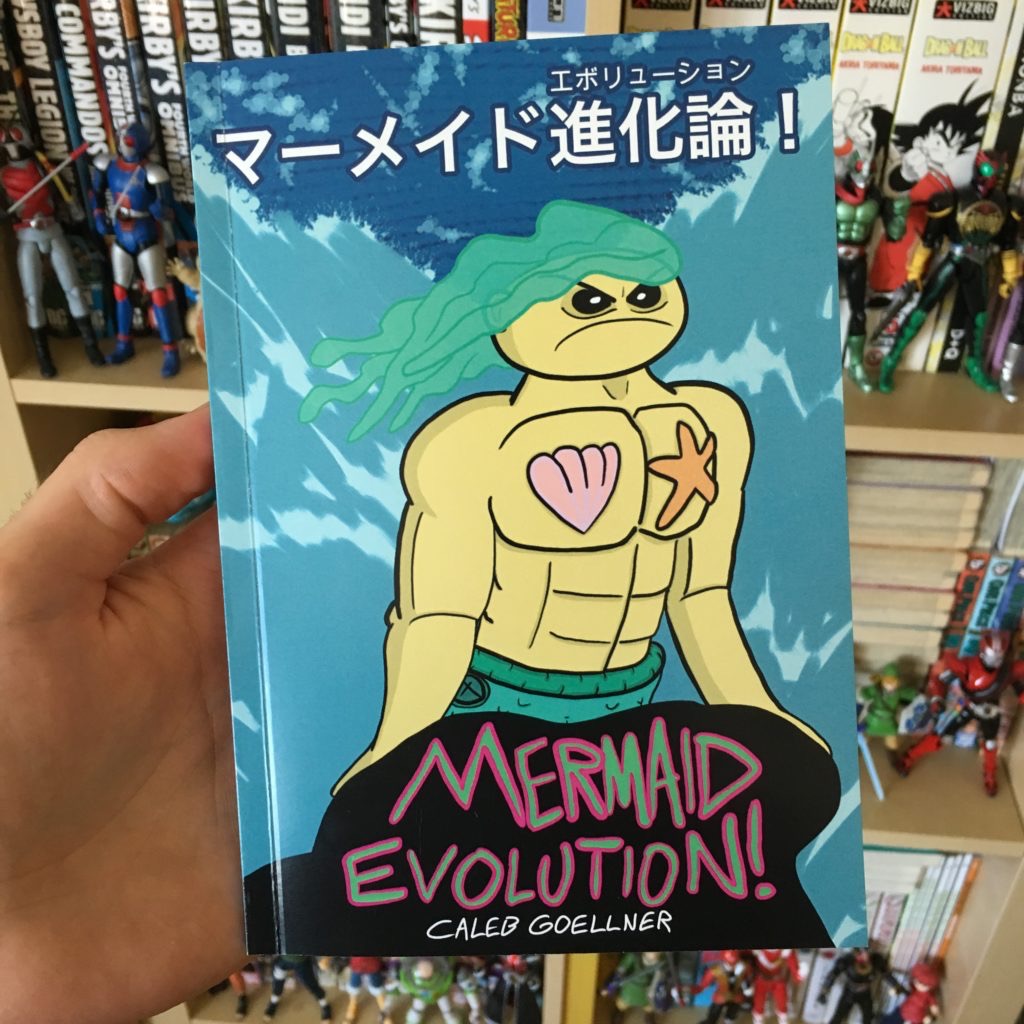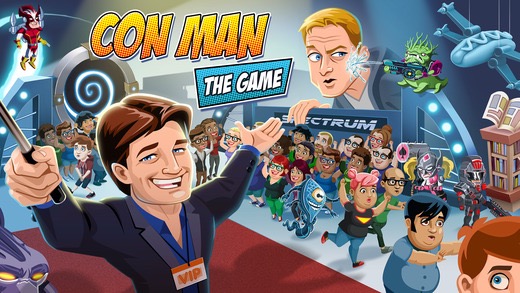§ It was Jack Kirby’s 99th birthday yesterday and I did not celebrate it in the fashion that I should have. But we’ll make up for it with #100 next year. I’m certain there will be a GALA.
And one more.
Could post stuff #jackkirby inspired all night. But I think I'll leave it with this… https://t.co/iPWiwEh43q pic.twitter.com/vxysE4dyW4
— Jason Latour (@jasonlatour) August 29, 2016
§ Augie De Blieck went on about The End of Big Comic Book Journalism following the CBR.com redesign, covering a lot of the same topics I’ve been moping about for the last three years or so. He also notes that he’s been through CBR redesign hate before and how that will soon be forgotten. But he ended on a hopeful note….A HOPEFUL NOTE, DO YOU HEAR ME?
Maybe the solution is just a few years away. I do think we’re seeing a generational shift in comics readership. The Raina Telgemeier effect in comics should be huge in a few more years. Whole generations of new comics readers are coming up thanks to Scholastic. The Direct Market echo chamber didn’t pay attention to them, so Scholastic did. Thank goodness. As those readers age up and start their own blogs and their own sites, what will they be writing about? As those readers become creators, what will they create? And what will their attitudes be towards “comics news and reviews”? This is a generation raised entirely on wi-fi. How does that change the game? We’re still a few years away, but I’m warming up my rocking chair, anyway, and getting ready to tell them all to get off my lawn. It’s what I’m supposed to do, right? (Nah, I’ll just be happy that there IS a next generation of comics creators and readers. I’ve had my doubts there would be over the last 30 years…)
Everyone always thinks comics are dying! And they won’t and don’t! Maybe the same with comics journalism? Whatever it is?
The hubbub over all this was so loud that it drew former blogospherian Chris Butcher out of “semi retirement” to write a piece called The End of Big Comic Book Journalism? It was a bit of a rebuttal to the dying idea, but also how one moves on:
I’d be lying if I said I hadn’t thought about doing more writing-about-comics, or comics journalism if you like, every few months since I ‘took a break’ from PopImage in 2000 (sorry, Ed). Realistically, I think it’s more important to do the things I used to talk about, to put good and important things into the world than simply to talk about doing that, but that doesn’t mean I don’t miss talking about it, or thinking about talking about it. But as I sneak-up on middle age, the idea of loudly being right about comics on the internet has lost its lustre, partly because the lengths that people will go to to prove themselves and their beliefs correct (doxing, hacking, threats of violence, starting a ‘receipts’ blog to try and bully people into suicide) make the fight unappealing, and partly because being quietly right and seeing the good work you do ripple through the industry is much more satisfying.
Butcher’s other works, which he alluded to, include running the Toronto Comics Arts Festival, the most wonderful comics show in North America, and helping run the Beguiling and Page & Panel, two great comics shops, you know, little stuff like that. Other graduates of the early comics webosphere include David Brothers, Matt Fraction, Gail Simone and other people I am forgetting. Dozens of people. Graduates of the printed comics fanzine era include Gary Groth, Guy Delcourt, Jacques Glénat, Paul Levitz and so on. Basically, writing about comics was the breaking in track for writing comics or publishing them. If anything, FEWER of the current writers about comics are breaking IN to comics….but I suspect that will change with the next generation, as Augie suggests.
§ Oh yeah, speaking of Brian Cronin, he is quite the man at CBR now, and most of his articles are “trending” so that’s good?
§ Many people already linked to former comics journalist Caleb Goellner’s account of tabling at Comiket 90 but I just had a chance to read it. With the great European comics shows, even Angoulême, opened to the world, Comiket, the fanzine expo that draws half a million people over 3 days in Tokyo, remains the great enigma. But as Goellner shows, with a little local help and some travel money, even Comiket is doable.
So how did I get to travel to Japan to attend this wild show? How was it compared to comic conventions in the US? What did I learn that I can share to help empower the next generation of comic book creators with more ambition than sense? I will answer at least two of these questions below in this accessible and SEO-friendly blog post, replete with original photos and video and probably some links to stuff you can buy.
Anne Goellner made a video, too!
§ Apparently there’s an iPhone game about putting on a con now? It ties in to the Alan Tudyk/Nathan Fillion Con Man TV show. I haven’t had a chance to download it but will doubtless be engrossed for eons when I do.
§ This interview with Walking Dead exec producer Gale Ann Hurd has been making the rounds because of this little nugget:
Before the show was picked up by AMC for domestic and Fox for international, its creator Frank Darabont presented the first version of the script to NBC, with whom he had an overall deal. According to Hurd, their response was, “Do there have to be zombies [in it].” NBC then asked Darabont if the show could be a procedural in which the two main protagonists would “solve a zombie crime of the week,” she said.
I think some variation of this tale has been told before, by Robert Kirkman, and it really does go into the “All Time Stupidest Things Network Executives Said” hall of fame. It seems with the rise of streaming that network execs have fewer chances to say stupid things, as producers just march off to Nexflix or Amazon. But you know people still aren’t getting it. Stranger Things, the hottest show of the moment, was turned down by every other network:
The brothers also revealed that Stranger Things was rejected 15 to 20 times by various networks before finally getting the green light from Netflix. Matt explained how one executive told them, “You either gotta make it into a kids show or make it about this Hopper [detective] character investigating paranormal activity around town.” Instead they stuck to their guns, knowing that they’d “lose everything interesting about the show” if they took the kids out of the equation. “There was a week where we were like, ‘This isn’t going to work because people don’t get it,’” Matt recalled.
While Stranger Things was an all new idea (although an homage), The Walking Dead was already a successful comic when some network exec thought that it would be better without zombies. A helpful hint: sticking with the core of what made something successful is usually a good strategy for adapting it to another medium.
§ EW has a list of Graphic novels and nonfiction: 6 books to read this fall
§ And Flavorwire presents a list of Graphic Novels Set in New York City
§ And Dan Kois reviewed Raina Telgemeier’s Ghosts for the NY Times. Pro tip: if you get the NY Times firewall just google for the first few words of the article title and you’ll get a link you can read.
Raina Telgemeier’s characters fizz with visual energy. They DASH! across the page, trailing motion lines and little clouds of smoke. When they’re angry, steam whistles from their ears; when they’re crushing, they expel perfect red hearts from their blushing cheeks. Telgemeier, the popular cartoonist behind best sellers like “Smile,” “Sisters” and “Drama,” grew up a fan of newspaper strips like “Calvin and Hobbes” and “For Better or for Worse,” and her books for young readers utilize a familiar comic-strip visual vocabulary. This can make them appear, on first glance, a bit simplistic — cartoonish, in the pejorative sense.
§ Vice came up with a great idea for an article because they are paid and have time to do that: We Asked Comic Artists About Their Weirdest Drawing Requests
Most artists don’t make enough money to support themselves on book sales alone, so commissions are an important part of making a living. Drawing bizarre, detailed requests from strangers is a right of passage in the life of comic artists, so I set out on a mission to find out artists’ worst and weirdest commission stories.
Some good ones.
§ NOTCOMICS: Were the First Artists Mostly Women? well, WERE THEY? A survey, conducted by a male archaeologist, of the handprints found in neolithic cave painting sites used the length of fingers to decide that about 75% of the art was probably made by women. This is of no surprise to the observant, since when young human females are given drawing implements, they like to draw, just as do young human males. What I really loved though, was an opposing view from a different male scientist:
Some experts are skeptical. Several years ago, evolutionary biologist R. Dale Guthrie performed a similar analysis of Paleolithic handprints. His work—based mostly on differences in the width of the palm and the thumb—found that the vast majority of handprints came from adolescent boys. For adults, caves would have been dangerous and uninteresting, but young boys would have explored them for adventure, said Guthrie, an emeritus professor at the University of Alaska, Fairbanks. “They drew what was on their mind, which is mainly two things: naked women and large, frightening mammals.”
This idea that only adolescent boys are brave enough to wander into caves and draw big tits is so cute and spunky. I love it.








it’s worth noting that what nbc purportedly wanted out of the walking dead is almost exactly what the cw turned izombie into
Comiket is Small Press Expo crossed with Comic-Con.
Those tables are ALL amateur comics makers.
Some only get the table for a day.
500,000+ attendees.
Now do you see why I want SPX to move to downtown DC and increase their exhibits floor and event space?
I enjoyed reading Caleb Goellner’s account of tabling at Comiket, but it left me wondering about a few things: did he need to complete paperwork in order to import and sell his comics in Japan? And how did he handle food and beverages during his convention day?
It’s possible I didn’t hit this part of my point hard enough, but I don’t think comics journalism is truly dead or ever will be. My argument is that the big website of comics journalism is dead . The CBRs and Newsaramas in their heydays can’t exist today on just comics reportage. They’ve been taken over by Hollywood stuff, because it has the numbers (and, honestly, the money) more than comics.
Later in the piece, I assert that the solution to this problem is smaller websites that are more focused, perhaps more opinionated.
I still read The Beat in large part because it IS so comics-focused, by comparison. AND opinionated.
So, yes, I’m advocating for the return of the early 2000s blogs over the modern day Hollywood-driven “comic book” websites which are as much about comics as “Comic Con”s are about comics anymore, for much the same reason. ;-)
Maybe it’s just a pendulum swinging back. And so it goes….
In the last half of the 20th Century, there were two main comics fandoms:
Comic books (very visible, very driven, stereotyped)
Comic strips (very quiet, more mainstream)
(This split was due to the NCS throwing comics publishers under the bus during the Senate hearings.)
Inspired by MAD Magazine, the Underground came and went. Remnants existed in National Lampoon, alternative presses, and the occasional book.
Then came manga fandom, which came from Science Fiction fandom.
Parallel to this was indie fandom, which evolved from the Underground era, and other counter-cultures.
Now, we have GN fandom, which has two parents: comic strip fandom and indie comics.
But, yeah, the Generational Question (“What will the young fans create when they get older, IF they don’t get bored with comics?”) is always interesting.
Are we seeing young creators influenced by manga? It’s been 20 years since Pokemon saved the Direct Market. What happened to the OEL alumni/survivors from Tokyopop? Is there an S.E. Hinton waiting in the wings? (Ariel Schrag is the model for indie cartoonists. Nobody yet for GNs?)
> Gary Groth, Guy Delcourt, Jacques Glénat, Paul Levitz
What about Chris Staros? I know Delcourt and Glénat, but I’m unsure most do.
> writing about comics was the breaking in track
But then, didn’t Alan Moore and Neil Gaiman write about music? (Maybe that’s why some of their prose can veer into poetry.)
> the hottest show of the moment, was turned down by every other network
Nowadays, John Kennedy Toole could have become an ebook success. Sigh.
I read CBR since 2004 and dropped it when they made the shift from Comics Journalism to essentially just promos for new releases of movies, books etc.. A year later i haven’t been back.
Comments are closed.